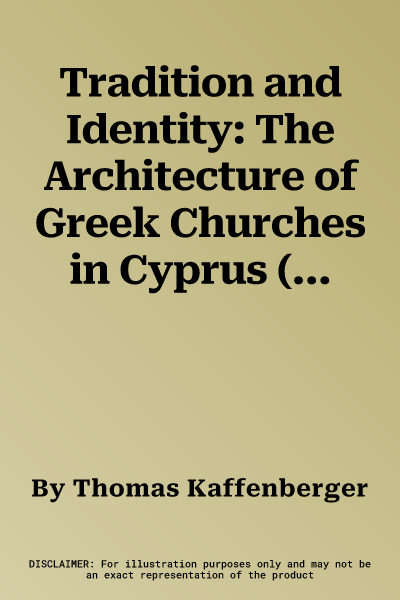Art history has often attempted to understand past cultures through an
investigation of the most elaborate parts of their artistic legacy.
However, in times of an increased interest in anthropological,
socio-historical questions, the apprehension of the material legacy of
past cultures in general becomes necessary. This fosters the exploration
of previously unstudied corpuses of objects, buildings, which can
provide us with most valuable insights into the functioning of past
societies. One of those corpuses, never comprehensively studied, are the
over 300 Greek churches built or profoundly altered on the island of
Cyprus under Latin/ Venetian rule between the early 14th century and the
Ottoman conquest of 1571, so in a climate of multifaceted cultural
encounters and exchanges. This material legacy was now for a first time
systematically recorded and documented. The core of the present study is
thus formed by the catalogue volume, presenting an in-depth analysis of
construction phases and stylistic characteristics for 261 preserved
churches, as well as commentaries on 54 further buildings only known
through descriptions or pictorial sources. The text volume addresses the
historical and artistic context by applying various methodologies to the
studied material. After an introduction, disburdening the churches from
previous biased or misleading scholarly verdicts, the foundations are
set with a look at the development of local church architecture before
the Latin conquest and a detailed chapter on typologies of plans,
decorative elements or transformation processes. The next chapters focus
on the analysis of stylistic developments - most importantly, the
exchange between Western, Gothic and Eastern, Levantine architectural
idioms and their formal impact on local Byzantine traditions. A
recurring topic in the island's architecture is the inclination to
aesthetic regresses to periods long past, leading to the first of two
keywords indicated already in the title: tradition. It is asked in which
way a sense of tradition constructed, perpetuated, and multiplied
through the design of churches. Ultimately this leads to the discussion
of individual and collective identities and the way those were
negotiated with the help of architectural works within the multicultural
and multiconfessional Cypriot society. Thus, the study constitutes an
important contribution to the apprehension of dynamics of cultural
exchange in late medieval eastern Mediterranean.

